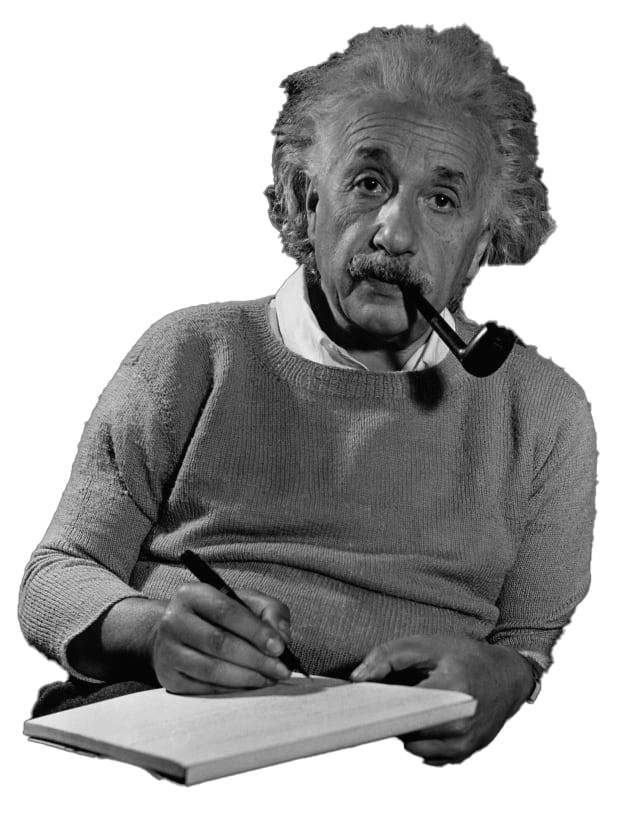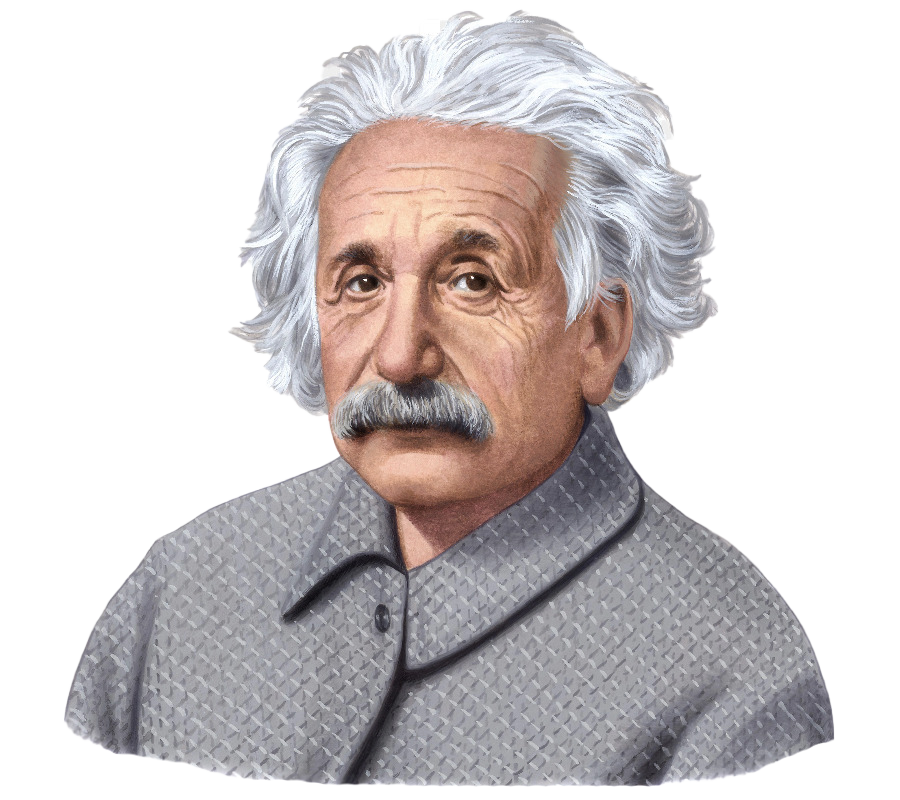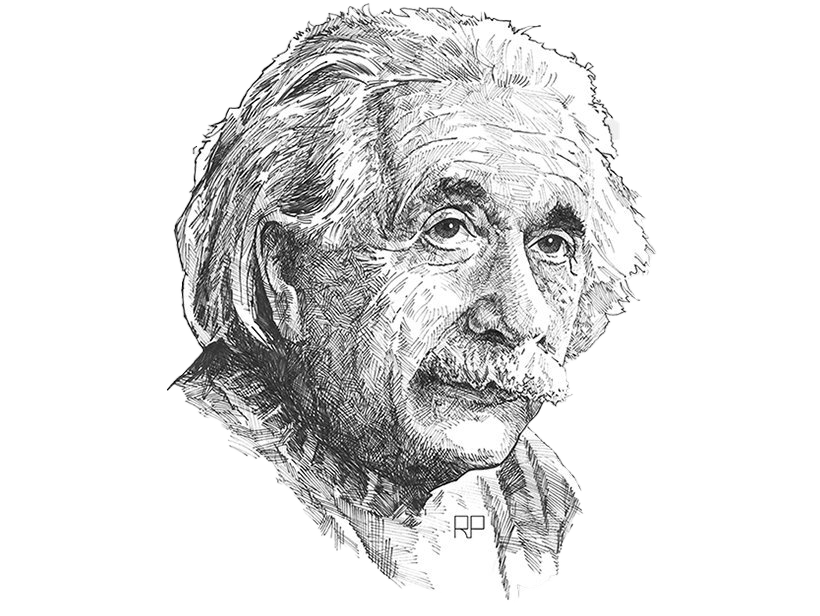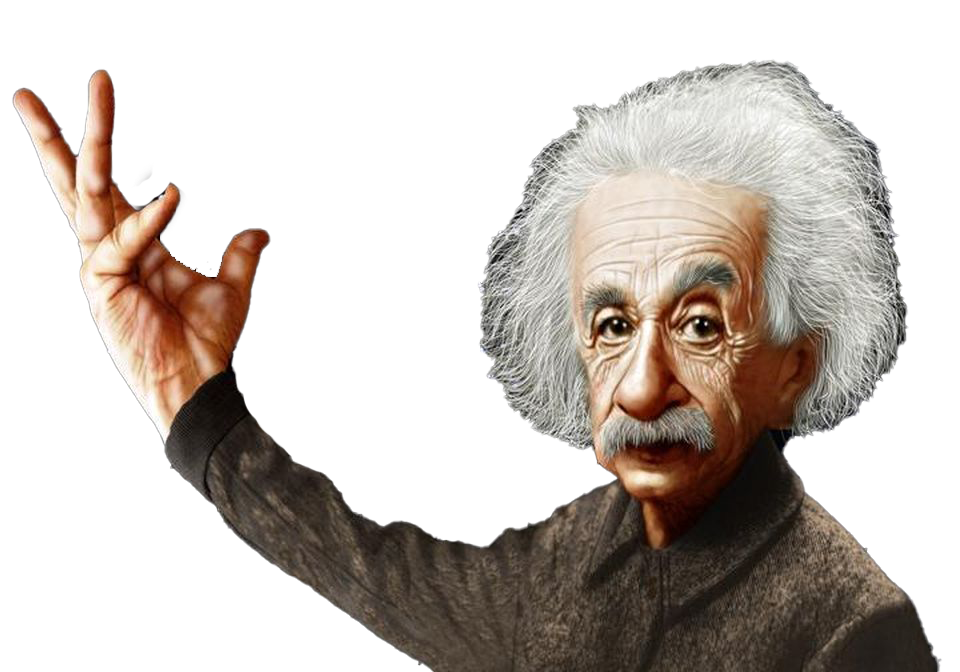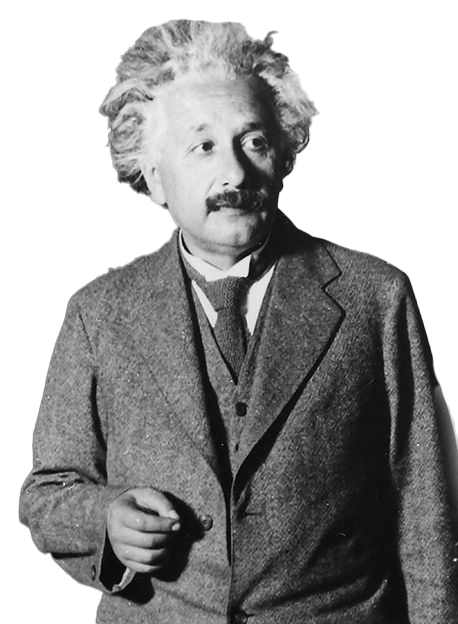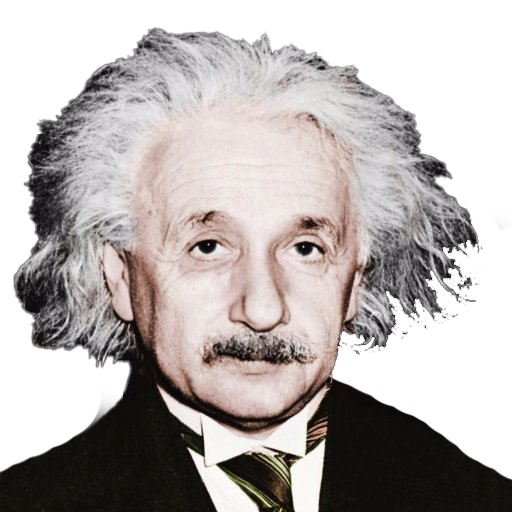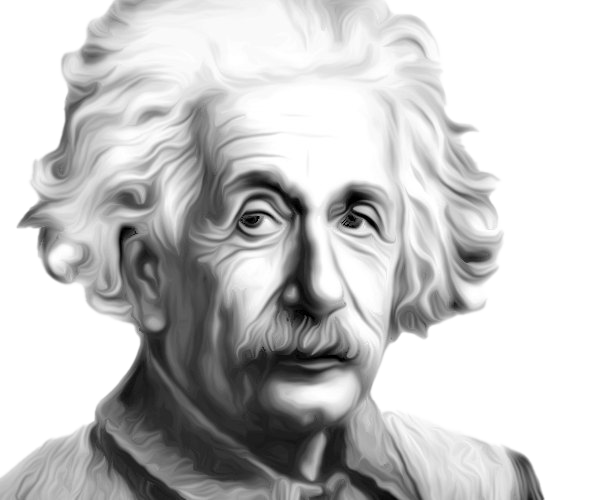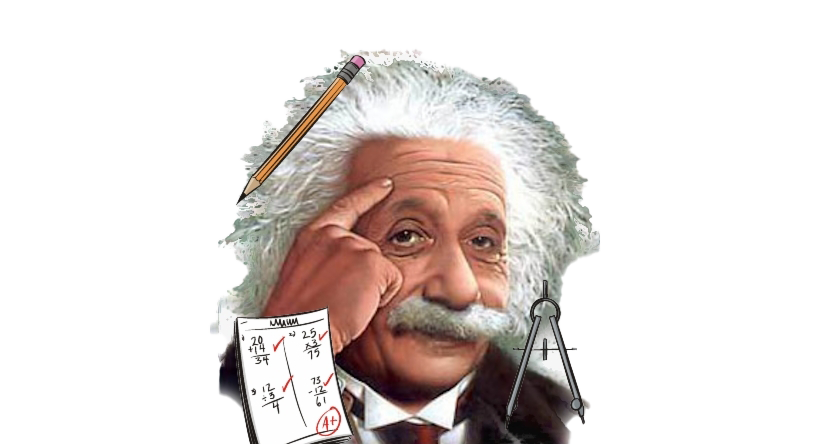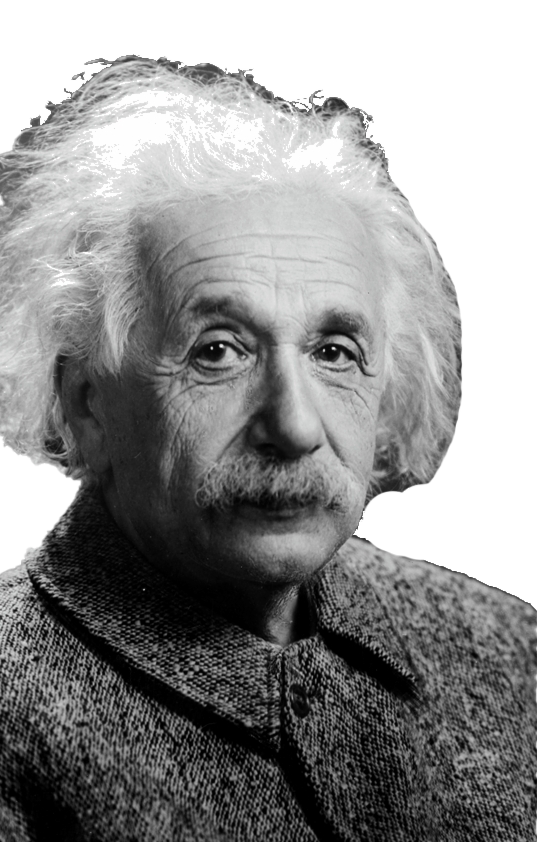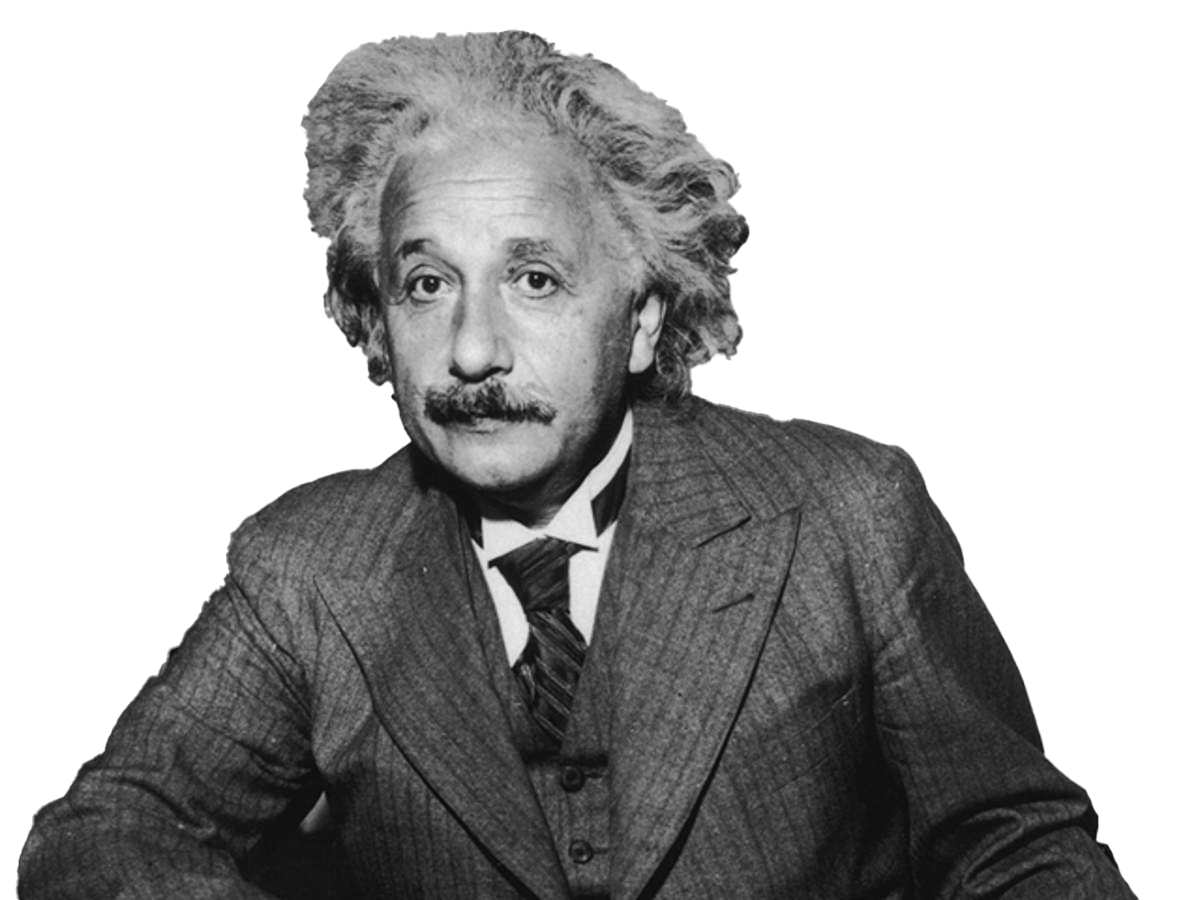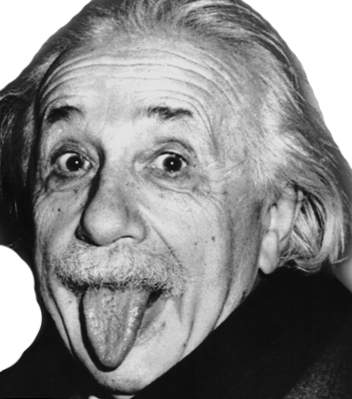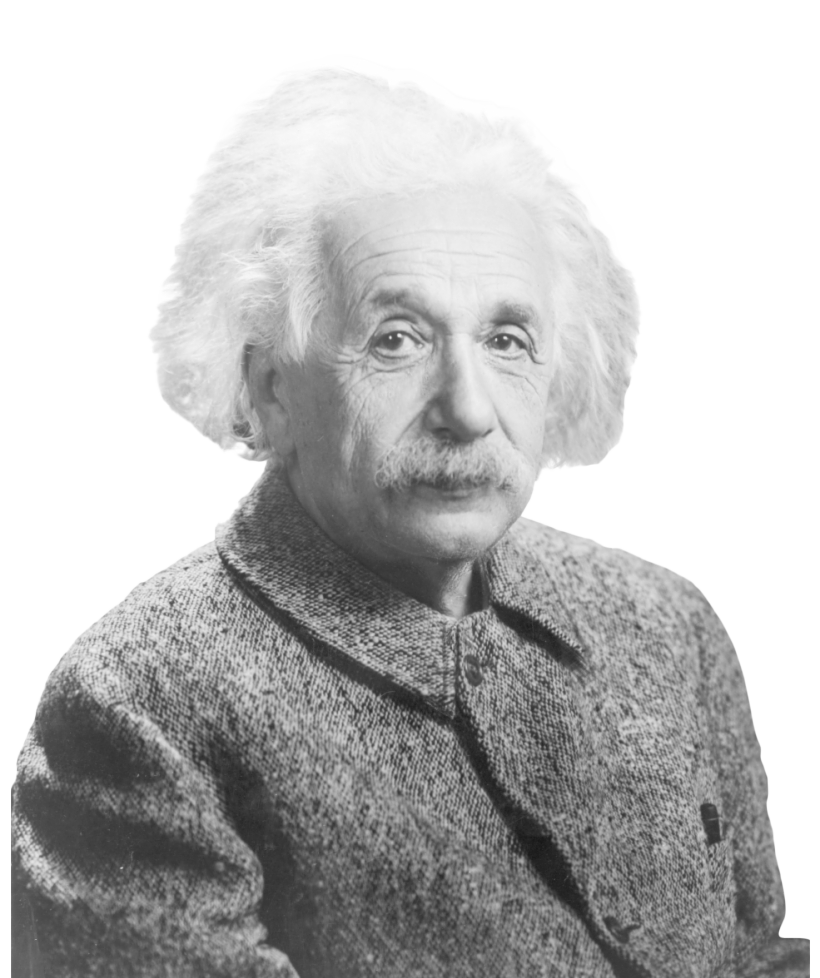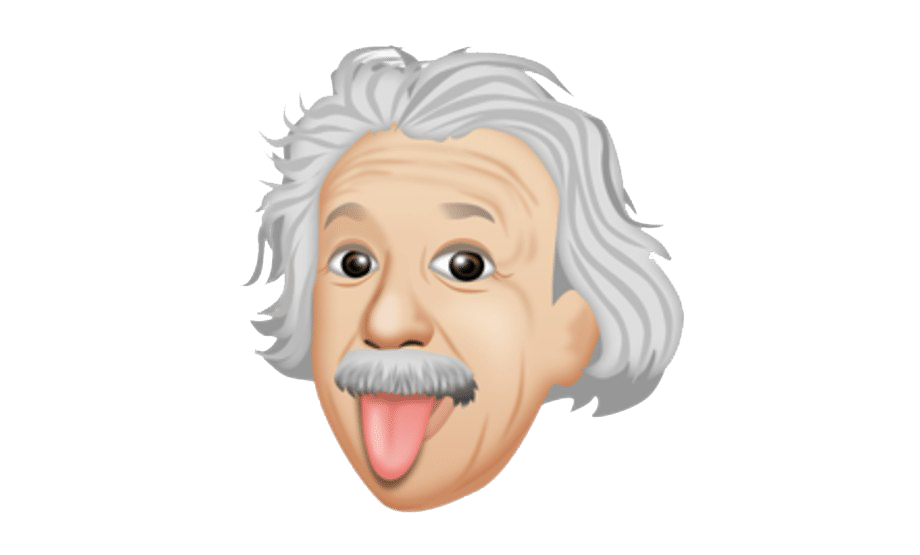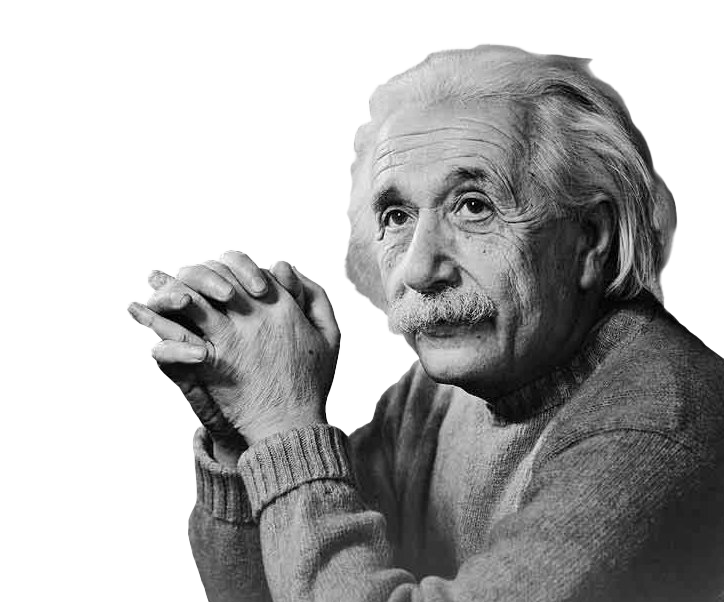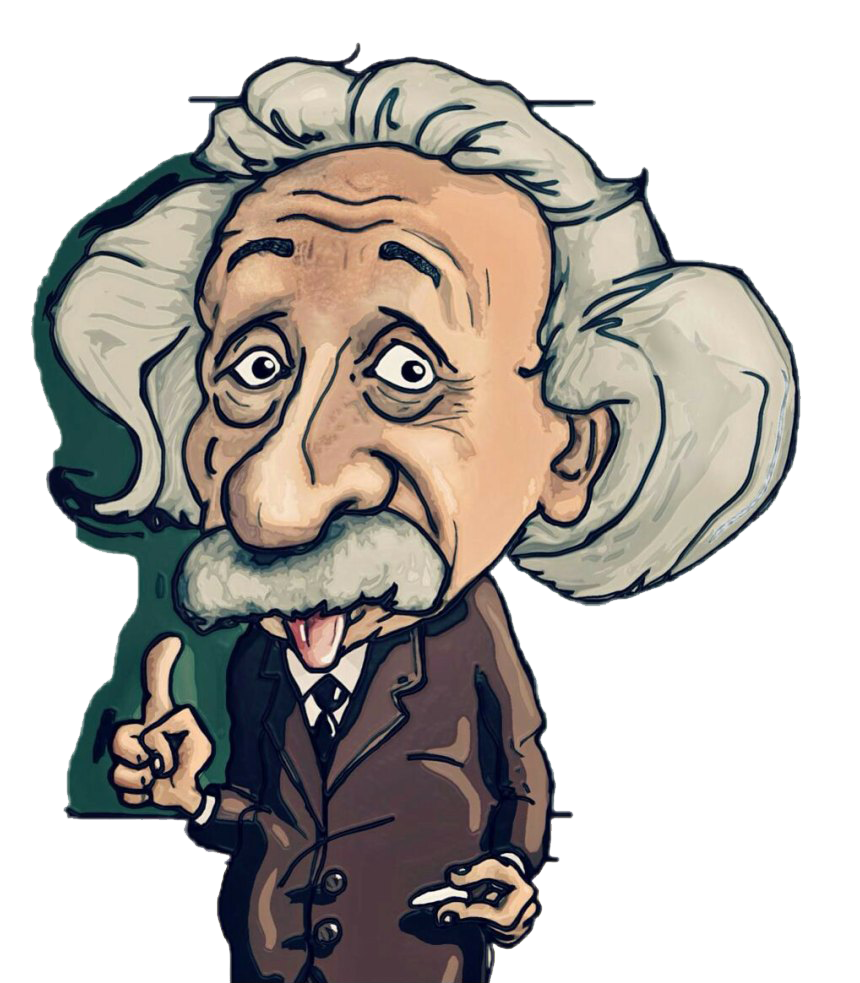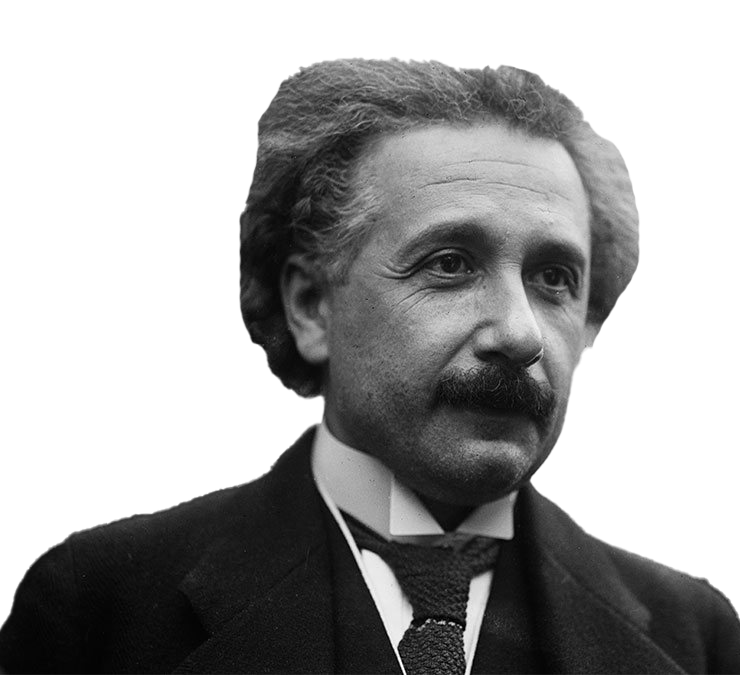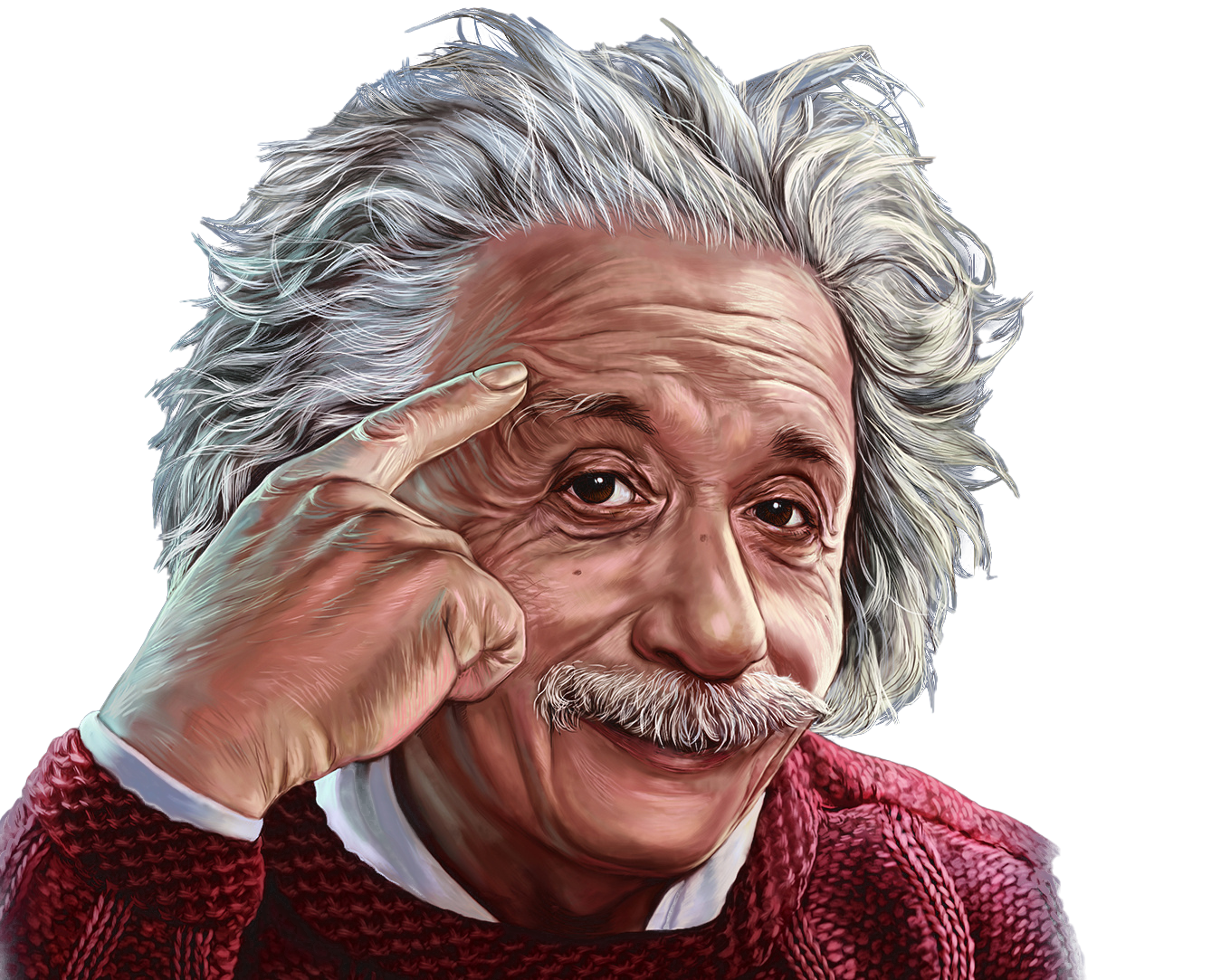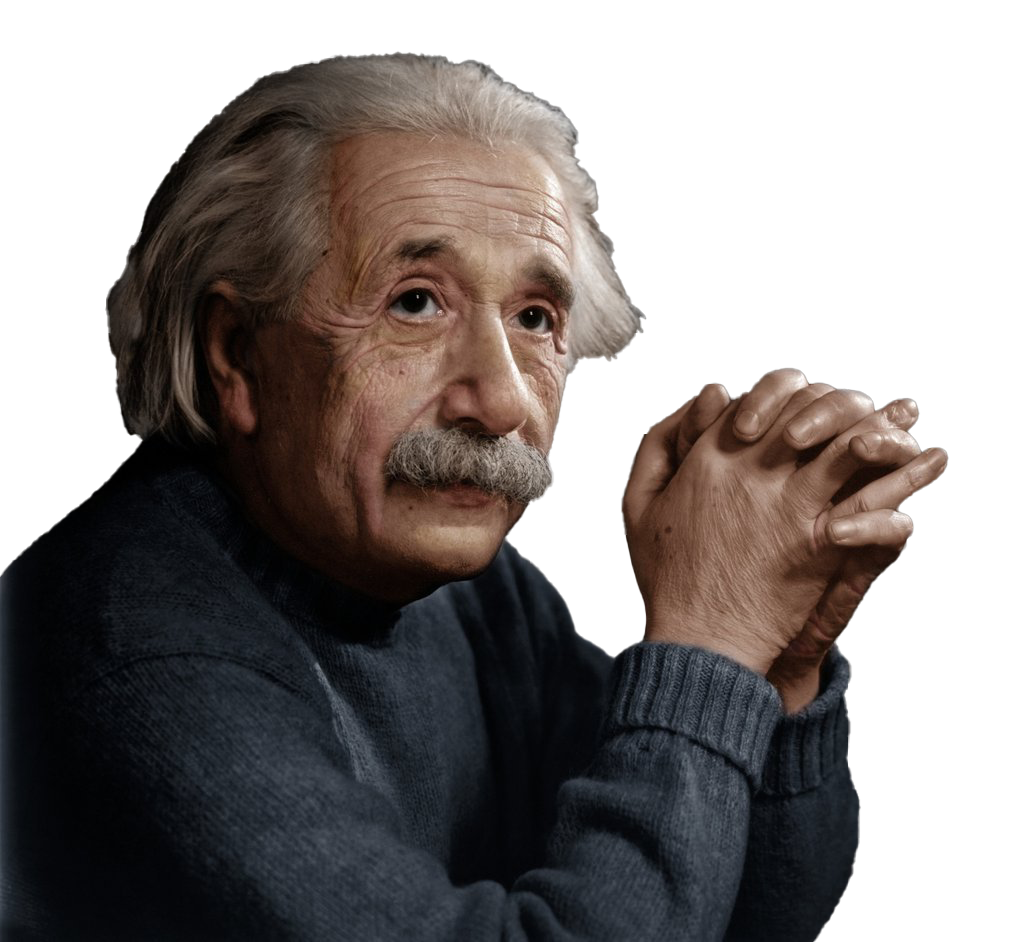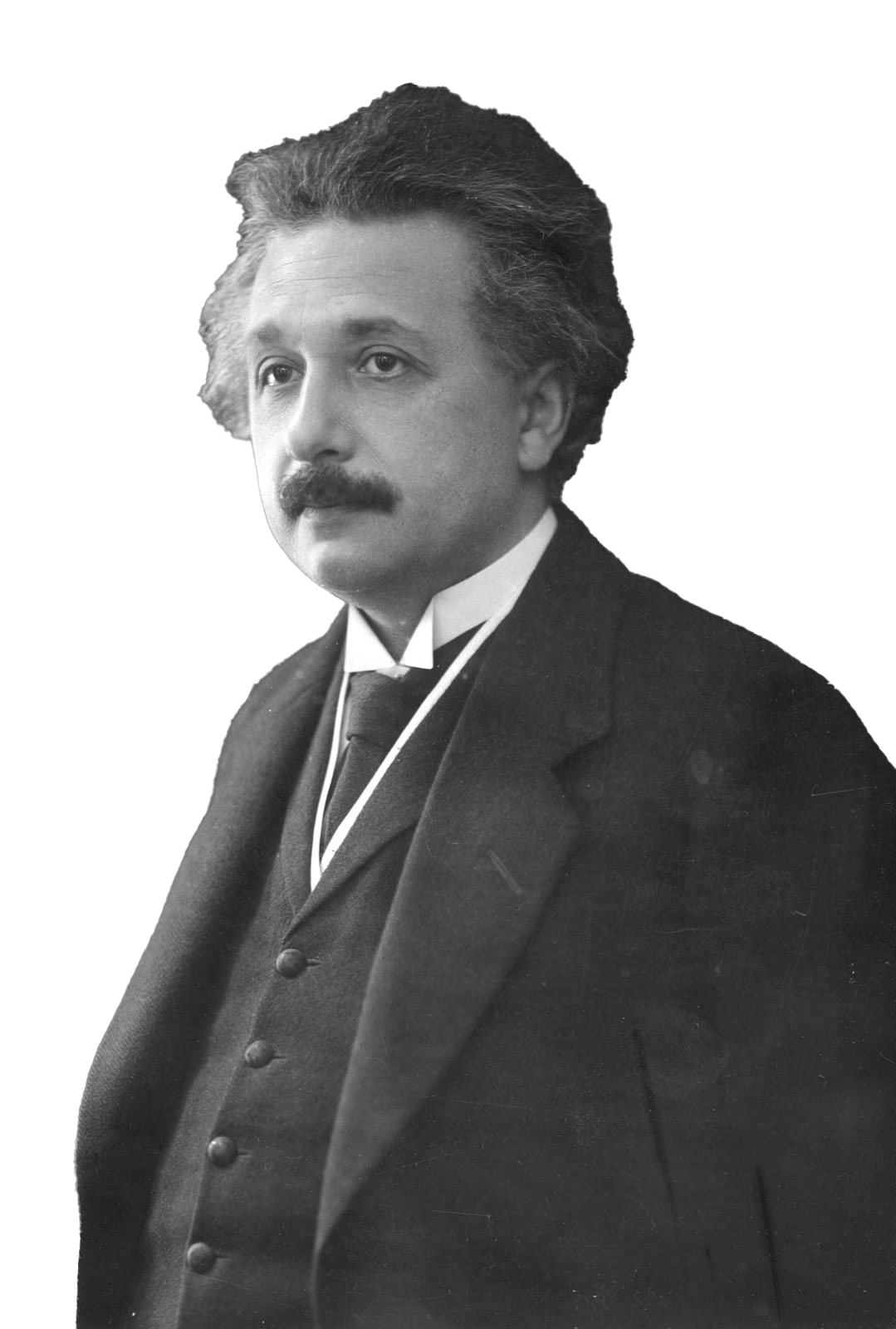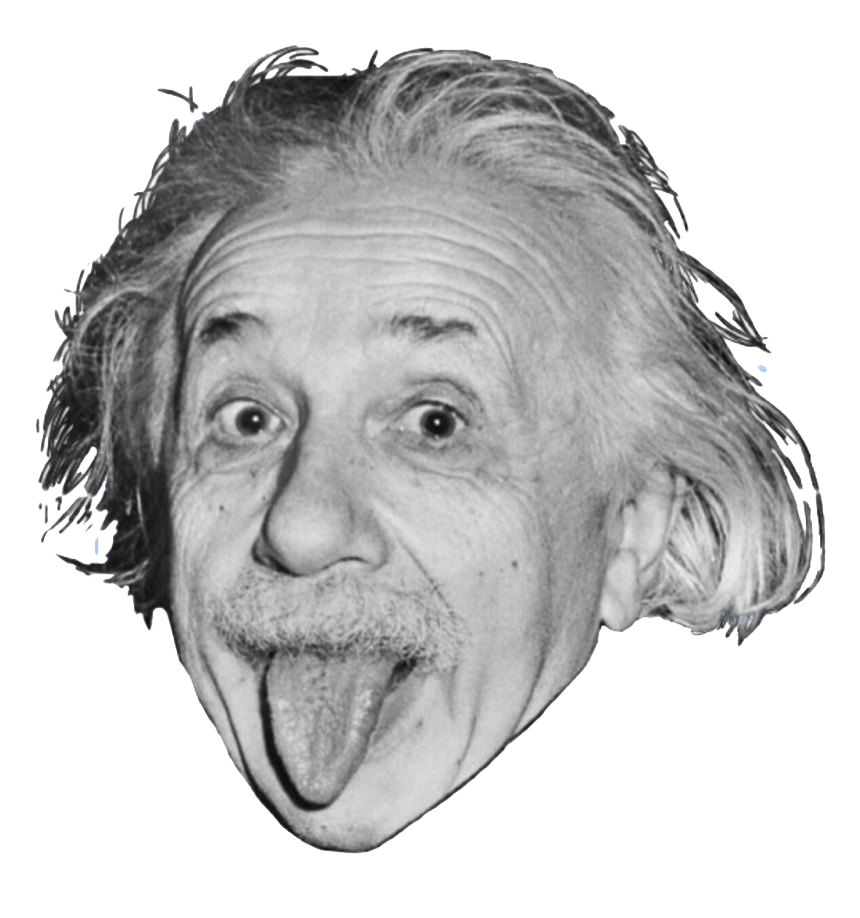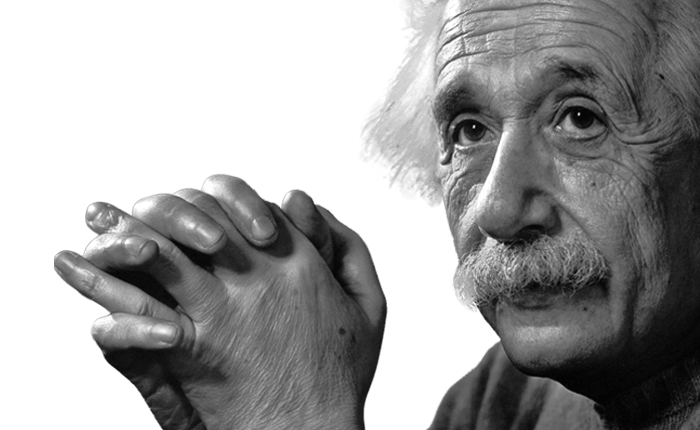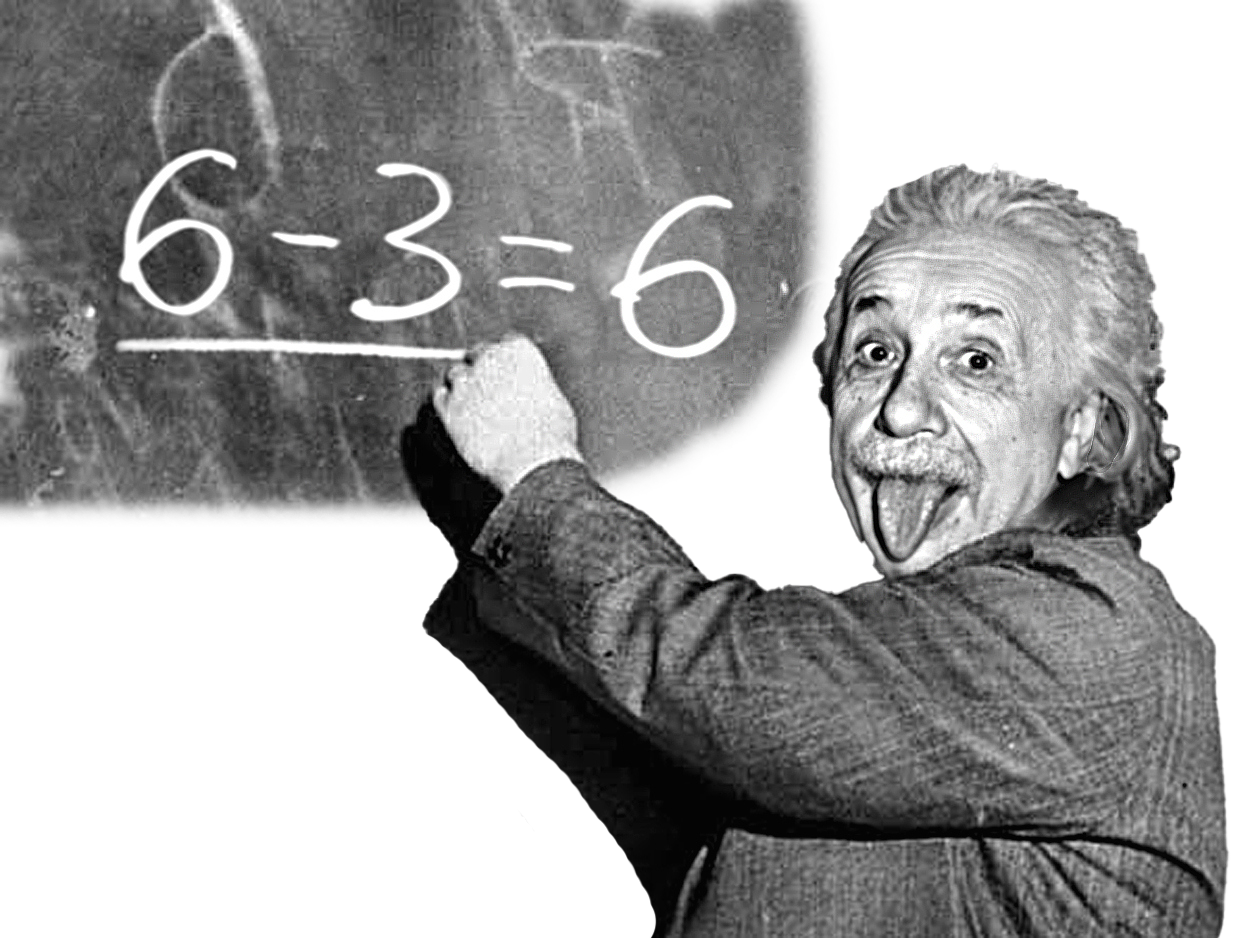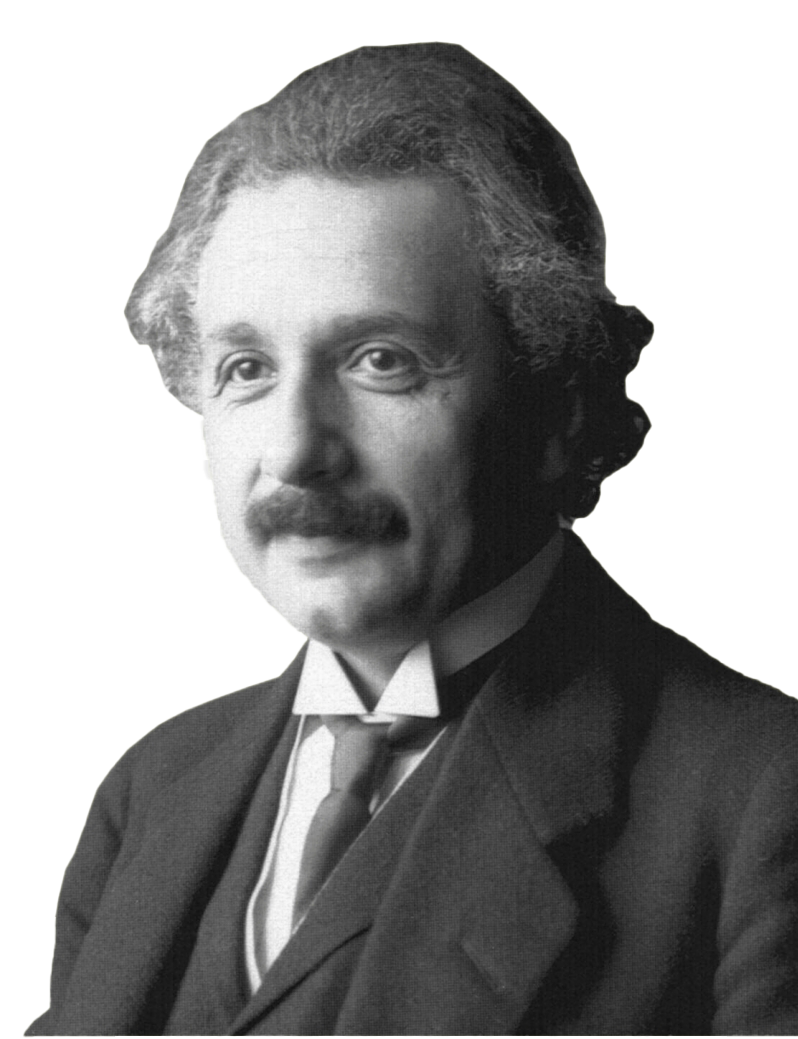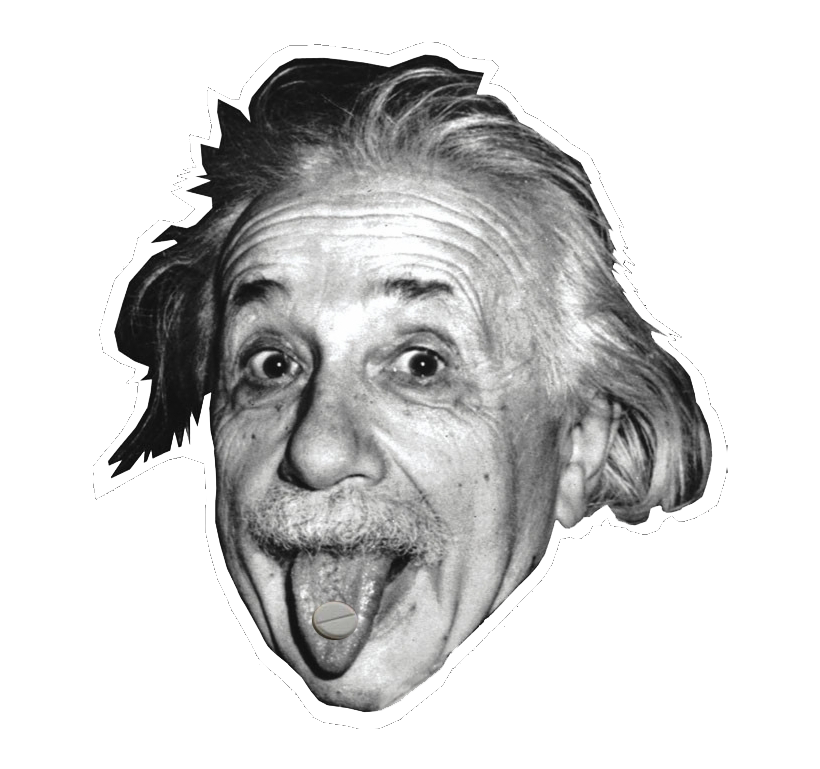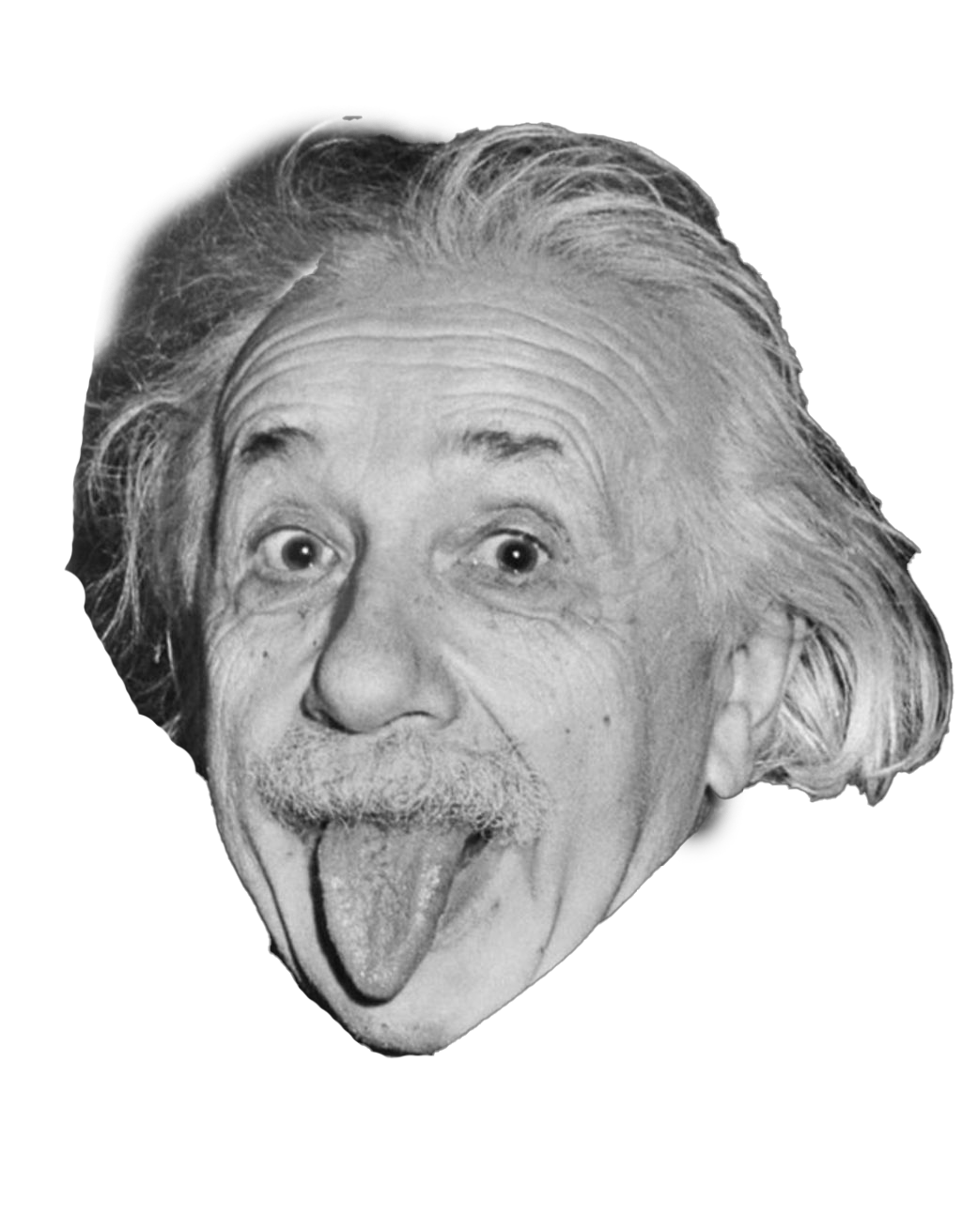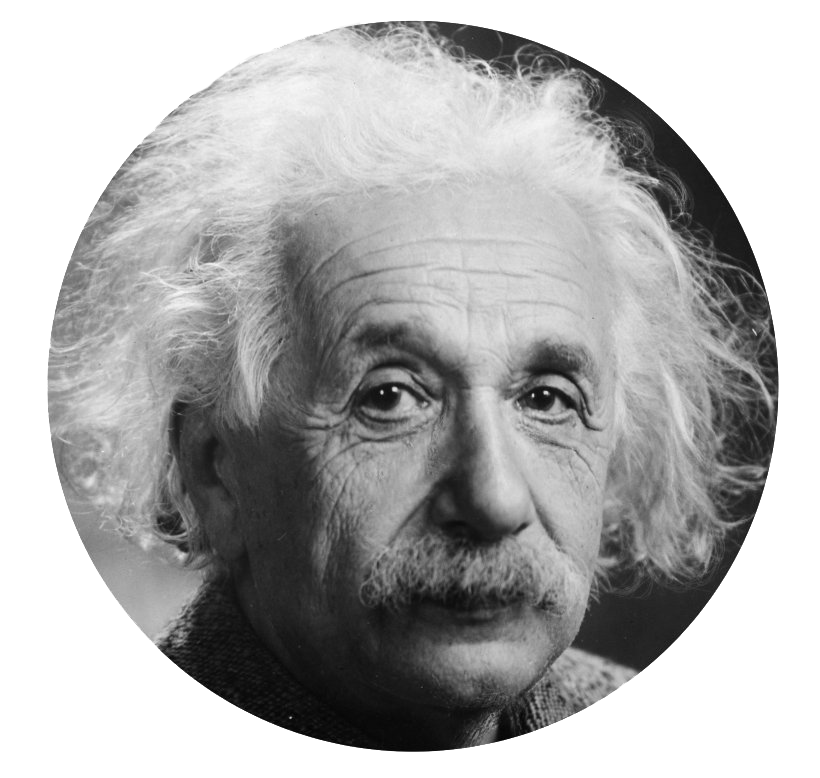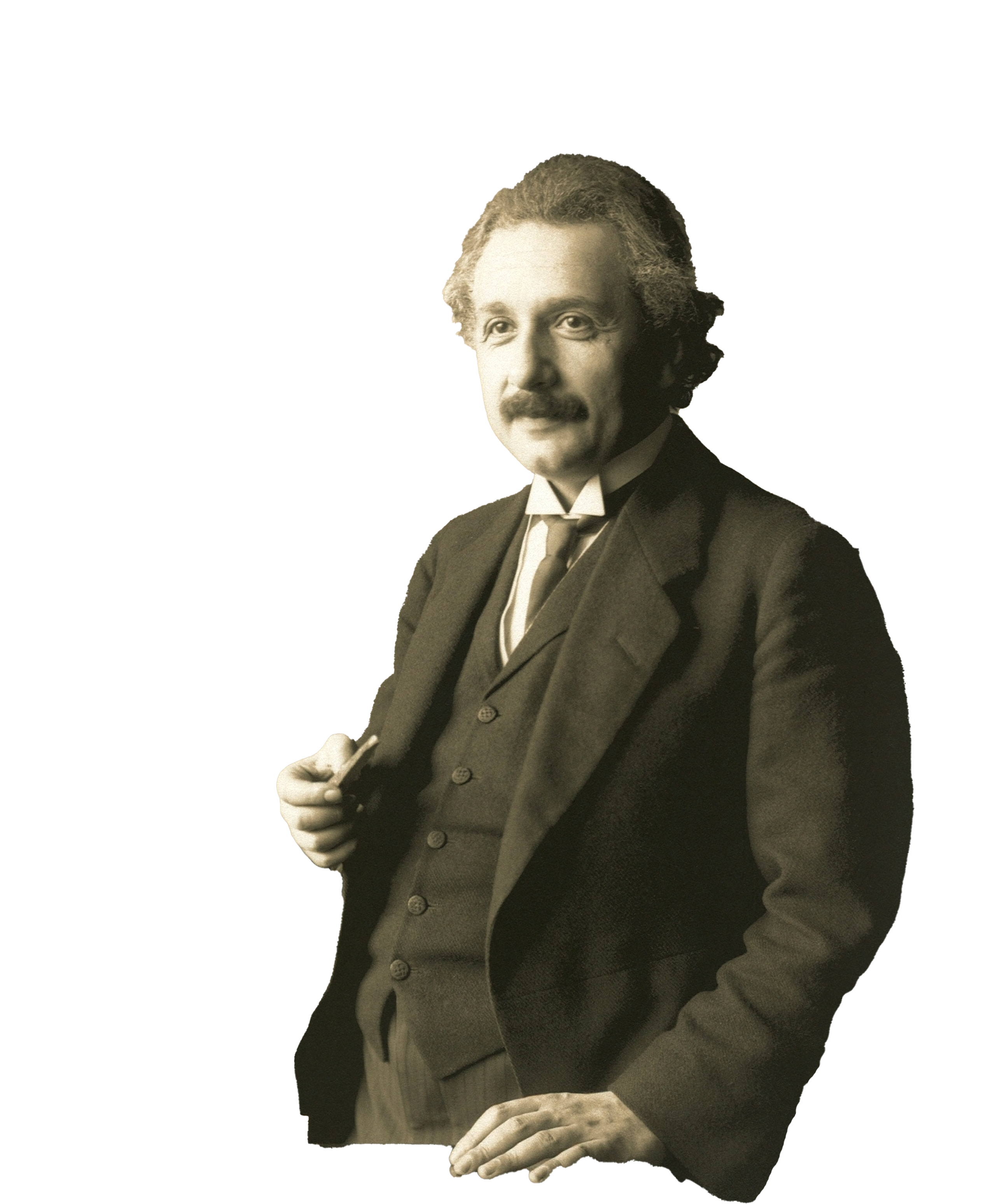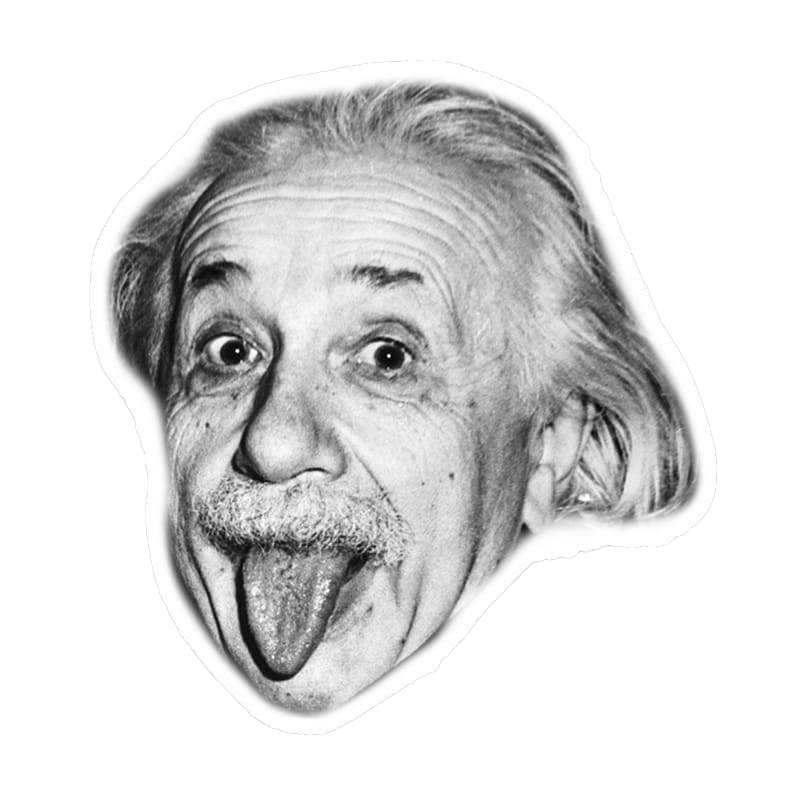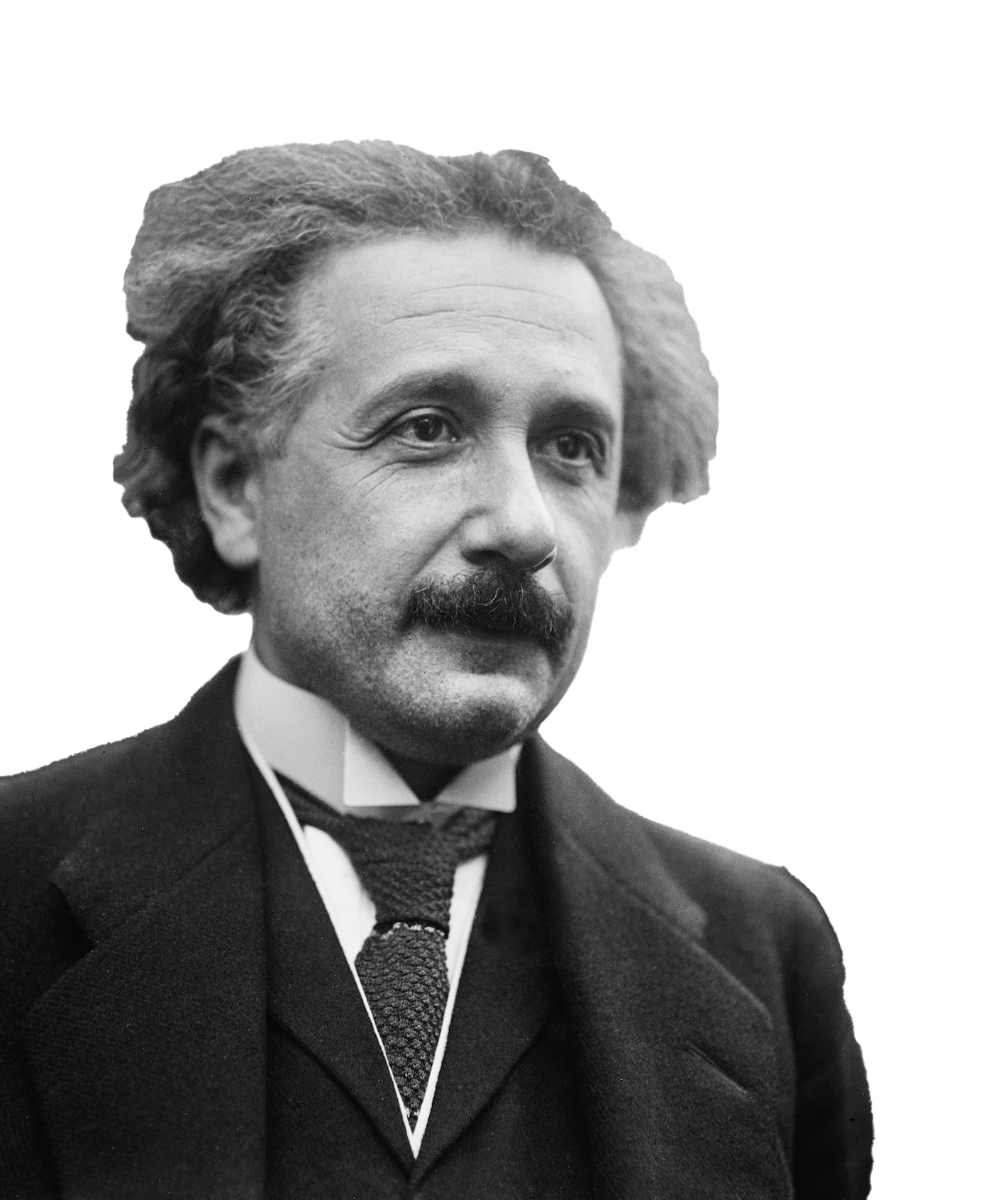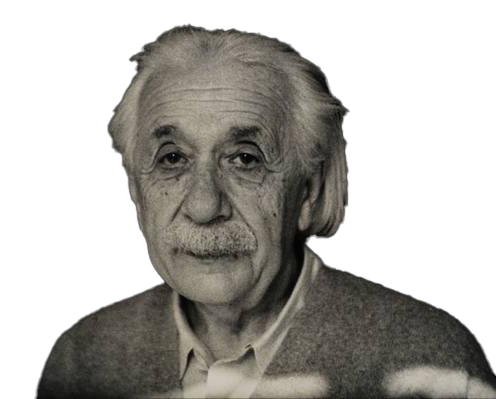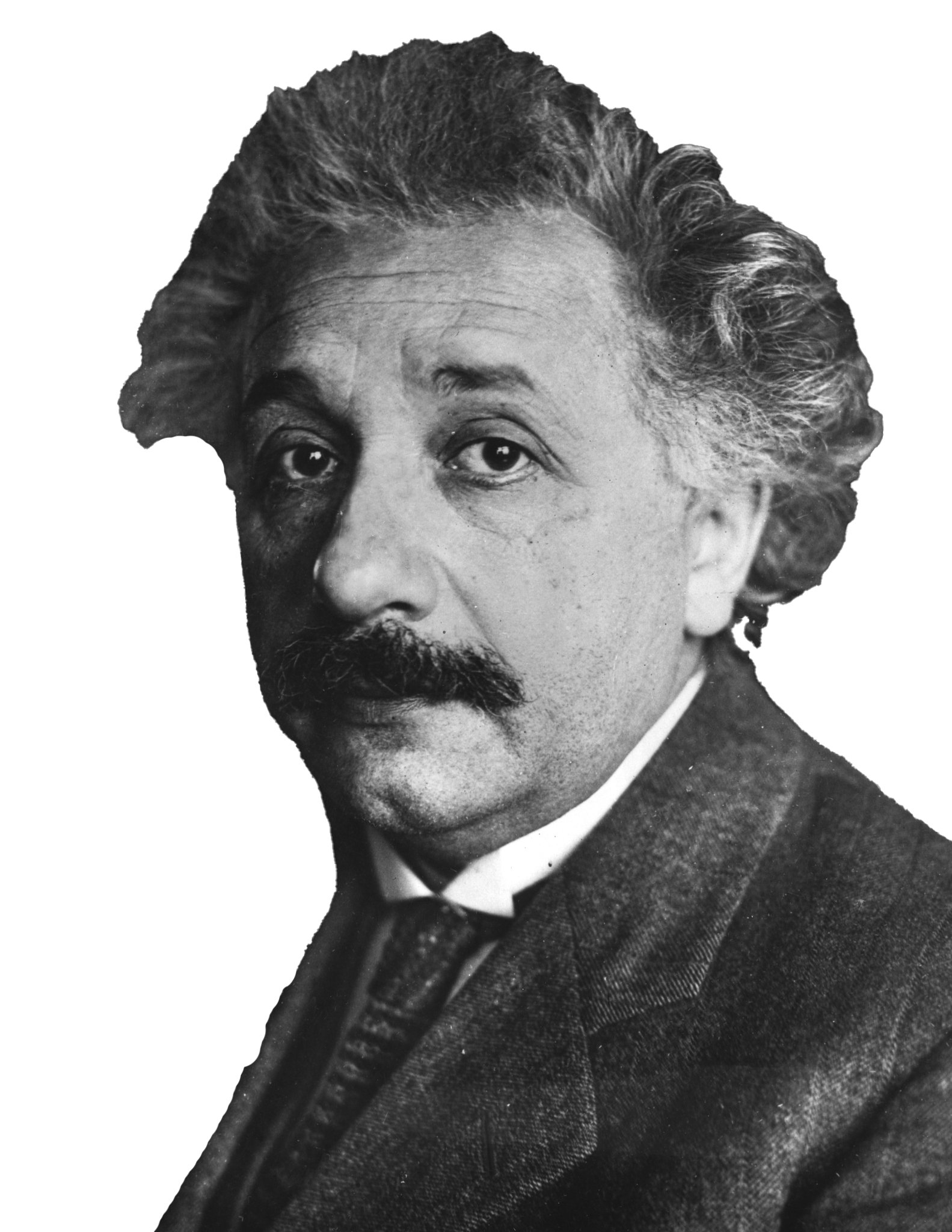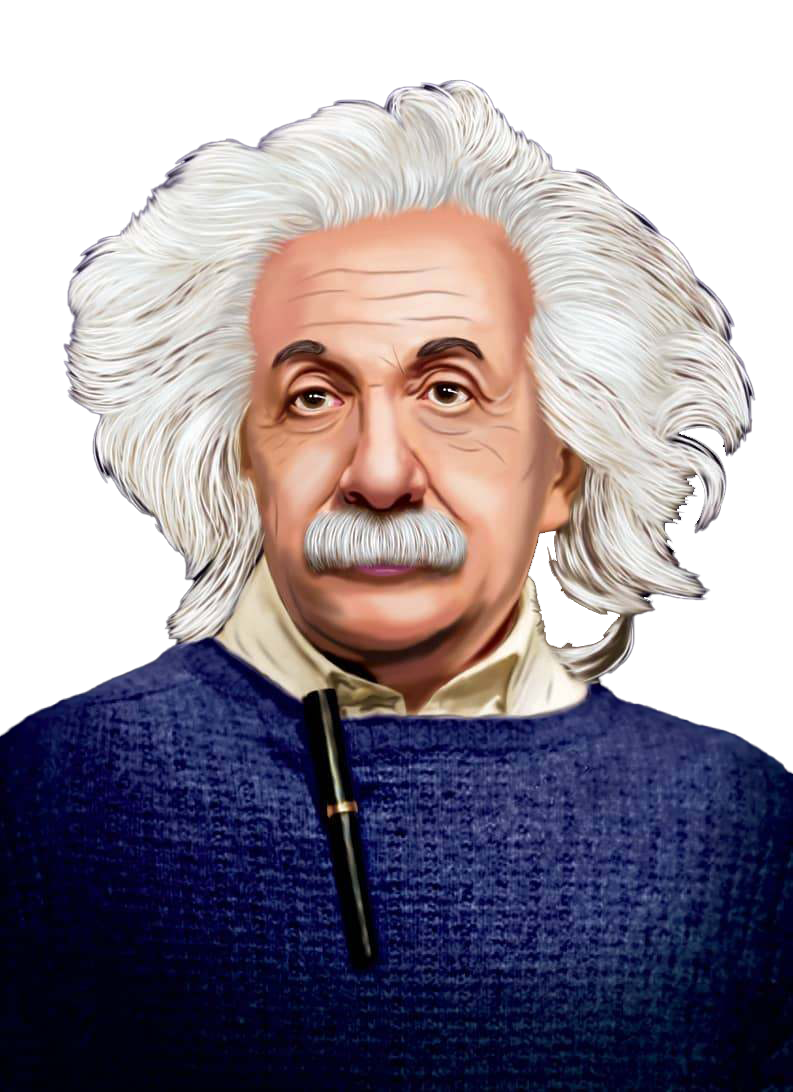Download top and best high-quality free Albert Einstein PNG Transparent Images backgrounds available in various sizes. To view the full PNG size resolution click on any of the below image thumbnail.
License Info: Creative Commons 4.0 BY-NC
Albert Einstein, without question, remains a significant part of the history. Throughout his life, he has contributed to several breakthroughs and inventions. Although many of them are documented, there are probably a few missing at some point. In any case, here is an overview of some of the inventions inherent in the life of Albert Einstein.
- Born: 14 March 1879, Ulm, Germany
- Died: 18 April 1955, Penn Medicine Princeton Medical Center, New Jersey, United States
- Education: University of Zurich (1905), ETH Zürich (1896–1900) and more.
- Spouse: Elsa Einstein (m. 1919–1936), Mileva Marić (m. 1903–1919)
A Brief History
Albert Einstein continues to exist as one of the greatest physicists ever known. A man of higher scientific intelligence arrived in this world on March 14, 1879, in Germany. Ultimately, he promoted world thinking in relation to the physical world.
Six weeks after his birth, his family left Württemberg for Munich. This became the place where he began his early academic studies. His father, Hermann Einstein, worked as an engineer and salesman. When he was five years old, his father gave him a compass. Many attribute this time in his life as a starting point for his success as an adult. His father’s gift led to an early fascination with trying to figure out why the compass always pointed north.
Albert Einstein studied at the University of Zurich with a doctorate in 1905. This followed the presentation of his theoretical dissertation, which introduced a new type of calculation for determining the size of molecules. That same year was his most successful year with discoveries.
Inventions of Albert Einstein
Most of Einstein’s inventions were more likely discoveries and theories. Despite this, his achievements throughout history are many. Overall, most of his contributions were in four main areas of science. These areas are known as energy, gravity, light, and time.
Brownian Motion
The Brownian motion is one of the first contributions of Albert Einstein. Initially, in 1827, the botanist Robert Brown discovered floating plant spores in motion under a microscope. Based on this, he suggested that random movement is associated with molecules that damage spores. However, Einstein was the first to propose statistical predictions in support of the random distribution and movement of particles in fluid. Later experiments confirmed his theory.
The Special Theory Of Relativity
Einstein’s special theory of relativity gave one of the first reliable explanations for the interaction of radiation and mattered when they are simultaneously observed by observers moving at a constant speed and observers in a stationary state. He founded this theory in accordance with the principle of relativity. From here, he deduced the correct description of physical events in various inertial reference frames. This lead to his creation of the famous formula E=MC².
Download Albert Einstein PNG images transparent gallery.
- Scientist Albert Einstein PNG Image
Resolution: 620 × 817
Size: 263 KB
Image Format: .png
Download
- Scientist Albert Einstein PNG Images
Resolution: 900 × 800
Size: 796 KB
Image Format: .png
Download
- Scientist Albert Einstein PNG Photo
Resolution: 820 × 616
Size: 553 KB
Image Format: .png
Download
- Scientist Albert Einstein PNG Pic
Resolution: 960 × 672
Size: 514 KB
Image Format: .png
Download
- Scientist Albert Einstein PNG Picture
Resolution: 458 × 624
Size: 172 KB
Image Format: .png
Download
- Scientist Albert Einstein PNG Transparent HD Photo
Resolution: 512 × 512
Size: 283 KB
Image Format: .png
Download
- Scientist Albert Einstein Transparent
Resolution: 600 × 500
Size: 176 KB
Image Format: .png
Download
- Albert Einstein PNG Clipart
Resolution: 820 × 444
Size: 247 KB
Image Format: .png
Download
- Albert Einstein PNG Download Image
Resolution: 538 × 842
Size: 449 KB
Image Format: .png
Download
- Albert Einstein PNG File Download Free
Resolution: 1200 × 900
Size: 394 KB
Image Format: .png
Download
- Albert Einstein PNG File
Resolution: 352 × 399
Size: 136 KB
Image Format: .png
Download
- Albert Einstein PNG Free Download
Resolution: 820 × 978
Size: 498 KB
Image Format: .png
Download
- Albert Einstein PNG Free Image
Resolution: 920 × 555
Size: 161 KB
Image Format: .png
Download
- Albert Einstein PNG HD Image
Resolution: 724 × 602
Size: 327 KB
Image Format: .png
Download
- Albert Einstein PNG High Quality Image
Resolution: 860 × 983
Size: 798 KB
Image Format: .png
Download
- Albert Einstein PNG Image File
Resolution: 740 × 675
Size: 291 KB
Image Format: .png
Download
- Albert Einstein PNG Image HD
Resolution: 1349 × 1083
Size: 2279 KB
Image Format: .png
Download
- Albert Einstein PNG Image
Resolution: 314 × 330
Size: 130 KB
Image Format: .png
Download
- Albert Einstein PNG Images
Resolution: 1024 × 942
Size: 676 KB
Image Format: .png
Download
- Albert Einstein PNG Photo
Resolution: 1079 × 1600
Size: 850 KB
Image Format: .png
Download
- Albert Einstein PNG Pic
Resolution: 860 × 918
Size: 416 KB
Image Format: .png
Download
- Albert Einstein PNG Picture
Resolution: 700 × 430
Size: 147 KB
Image Format: .png
Download
- Albert Einstein PNG Transparent HD Photo
Resolution: 1250 × 938
Size: 1228 KB
Image Format: .png
Download
- Albert Einstein PNG
Resolution: 798 × 1039
Size: 473 KB
Image Format: .png
Download
- Albert Einstein Transparent
Resolution: 820 × 769
Size: 357 KB
Image Format: .png
Download
- Albert Einstein
Resolution: 1024 × 1312
Size: 602 KB
Image Format: .png
Download
- Scientist Albert Einstein PNG Clipart
Resolution: 820 × 778
Size: 394 KB
Image Format: .png
Download
- Scientist Albert Einstein PNG File
Resolution: 2523 × 3096
Size: 3239 KB
Image Format: .png
Download
- Scientist Albert Einstein PNG Free Download
Resolution: 800 × 800
Size: 243 KB
Image Format: .png
Download
- Scientist Albert Einstein PNG Free Image
Resolution: 1421 × 1691
Size: 1318 KB
Image Format: .png
Download
- Scientist Albert Einstein PNG HD Image
Resolution: 496 × 399
Size: 136 KB
Image Format: .png
Download
- Scientist Albert Einstein PNG Image File
Resolution: 1583 × 2048
Size: 1396 KB
Image Format: .png
Download
- Scientist Albert Einstein PNG Image HD
Resolution: 793 × 1092
Size: 858 KB
Image Format: .png
Download
